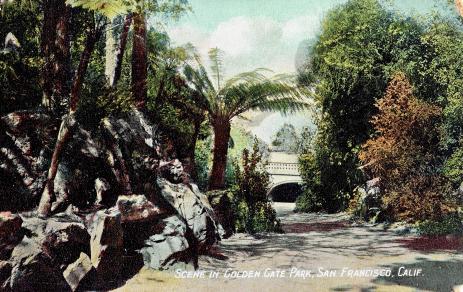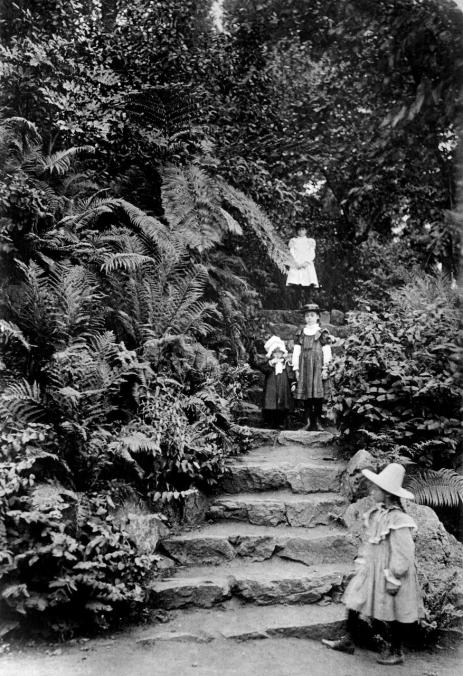The Victorian Rockery
This type of garden was first introduced in the late 18th century when gardeners started to create picturesque artificial environments based on the imitation of natural rock formations where none or little existed. An important early book on gardening, Thomas Whatley’s Observations in Modern Gardening (1770) has an entire chapter devoted to rocks and the role they can play as one of the many elements of a garden. The oldest known rockery, as a concept, is in London’s Chelsea Physic Garden, which was constructed in 1772. It was a crude pile of stones and ceramic materials that lacked any finesse. The rockery was one of the many types of informal novelty gardens that fashionable Victorians built. Several contemporary American and European texts gave ponderously detailed instructions about what should, and what should not, be done to create such a garden. Edward Sayers noted in 1846 that “stones for the rockery should be of the roughest kind, that nature may be as much imitated.” Later another English publication says “a rockery may be a most fantastic, gloomy, romantic, or savage scene, according to the desire of those who construct it.” Those who dared to construct a formal pile of rocks and call it a rockery were severely chastised in contemporary texts.




